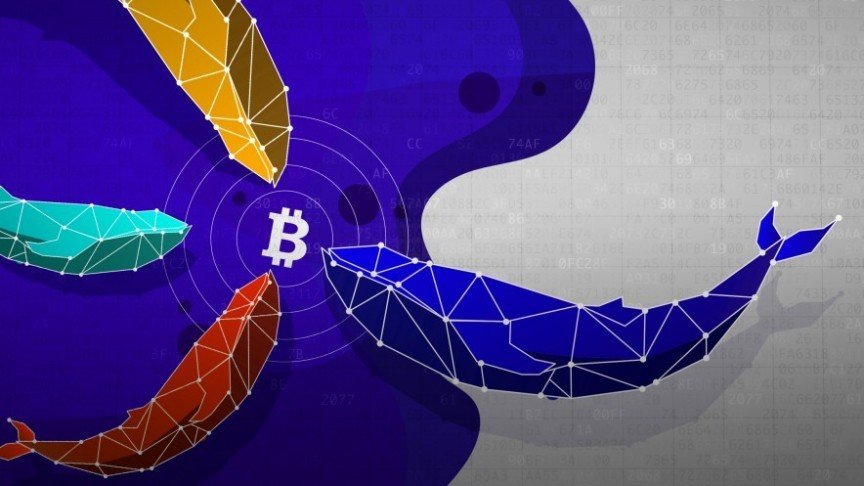Most countries now accept that the digitization of the financial sector also requires changed money. In order to stand up to Bitcoin and other decentralized solutions, over 114 governments are working on their own digital central bank currencies. The big difference to classic cryptocurrencies: These CBDCs (short for: Central Bank Digital Currency) give the state a high degree of control over digital money. Certain properties can be programmed in this way.
A dystopian vision for critics like whistleblower Edward Snowden: governments could “constrain our freedom to use money more and more,” he says. Proponents, on the other hand, argue that CBDCs make the fight against money laundering easier and include more parts of the population, especially those without bank access, according to the credo.
Eleven nations have already introduced the coins as official means of payment. Seventeen other pilot projects started. But how do CBDCs prove themselves in practice? And what do the populations of the respective countries think of the ambitions of their governments?
Nigeria: eNaira vigorously promoted
Nigeria became the first African nation to introduce a CBDC in October 2021. The eNaira should help in the long term with the financial inclusion of the population and strengthen the economic power of the country. For this purpose, three billion eNaira were minted by the Nigerian central bank and a corresponding payment infrastructure was integrated at the local banks. However, the agenda “cashless nigeria” one problem: the acceptance of the population. It is estimated that only 0.5 percent of citizens use the eNaira. On the one hand, the country is struggling with a high inflation rate of 19 percent. On the other hand, CBDCs offer significantly less anonymity than cash.
In order to force acceptance of the eNaira, the government is increasingly restricting cash transactions: Withdrawal limits at ATMs and increased fees are intended to speed up the changeover. The population is thus more or less forced into the eNaira. But Nigerians prefer to flee to decentralized alternatives such as Bitcoin. Due to a peak in demand at the end of January 2022, the BTC price on local exchanges even briefly rose to $60,000.
China: Largest pilot project worldwide
China is at the forefront of developing CBDCs. The introduction of the e-yuan as a state means of payment has not yet been finalised, but the People’s Republic started an extensive pilot project in 2019. The People’s Bank of China program counts as many as 260 million yuan digital wallets. In August 2020, the test project was expanded to 28 major cities.
The government regularly donates e-yuan to the population to encourage adoption. To celebrate the start of spring, e-yuan with a total value of around 26 million US dollars was given away in various cities in China – with moderate success. The sluggish acceptance explains CBDC expert Dr. Jonas Gross told BTC-ECHO as follows: “Why should a CBDC be used as a means of payment when there are already more efficient, cheaper and more convenient providers such as WeChat Pay or Alipay in China.”
Jamaica: Caribbean CBDC Affinity
In May 2022, Jamaica became the first country in the world to introduce a digital central bank currency as state tender, the digital Jamaican dollar, called Jam-Dex. It aims to reduce cash storage and handling costs by around $7 million annually. BOJ Governor Richard Byles stated opposite block work: “The digital Jamaican dollar offers a safer and more convenient alternative to physical notes and coins and can be used without a bank account.”
Many Jamaicans lack access to the traditional financial system. One Study by the Caribbean Policy Research Institute shows that “one of the most costly tasks for the unbanked is interacting with the formal banking system”. Nevertheless, Jam-Dex is hardly noticed as an alternative.
Only around three percent of the population downloaded the required app. Without government pressure, fears of contact with central bank digital currencies will remain. This may also be because the benefits of CBDCs for the state are obvious. They often remain unclear to people.
- Want Real Gains? Screw Bitcoin! - April 21, 2025
- US Dollar Weakness Sparks Bitcoin Optimism – Is Now the Perfect Time to Buy? - April 16, 2025
- Dogecoin: Wild Ride from Meme to Mainstream - April 16, 2025

























